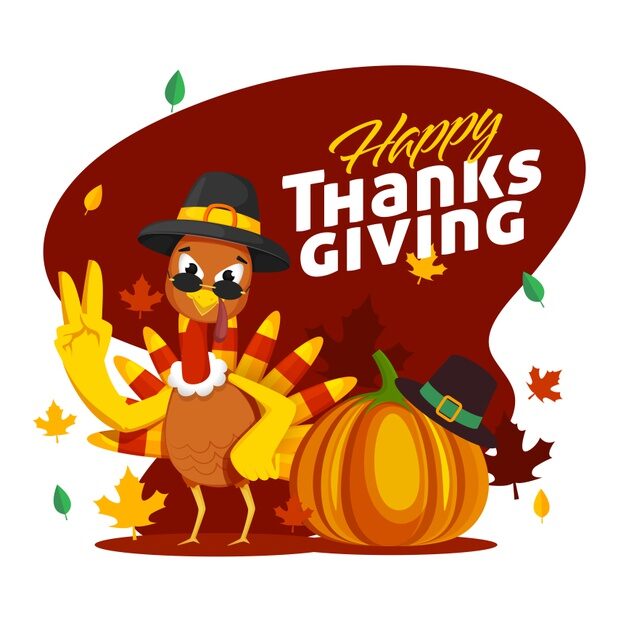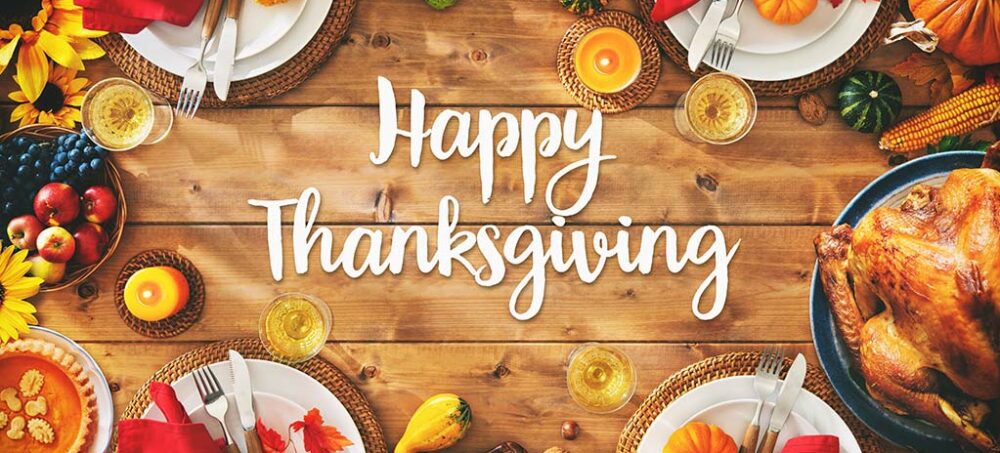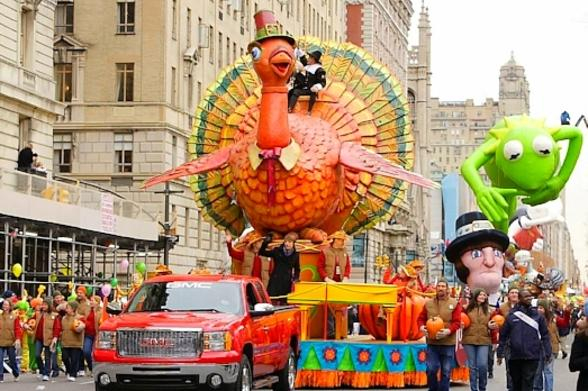Table of Contents
The Macy’s Day Parade – 10 Interesting Tidbits
The Macy’s Day Parade is an annual parade in New York City presented by the U.S.-based department store chain Macy’s. The Parade first took place in 1924, tying it for the second-oldest Thanksgiving parade in the United States with America’s Thanksgiving Parade in Detroit (with both parades being four years younger than Philadelphia’s Thanksgiving Day Parade). The three-hour parade is held in Manhattan, ending outside Macy’s Herald Square, takes place from 9:00 a.m. to 12:00 p.m. Eastern Standard Time on Thanksgiving Day, and has been televised nationally on NBC since 1953. The Parade’s workforce is made up of Macy’s employees and their friends and family, all of whom work as volunteers.
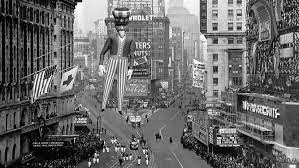
In 1924, store employees marched to Macy’s Herald Square, the flagship store on 34th Street, dressed in vibrant costumes. There were floats, professional bands and live animals borrowed from the Central Park Zoo. At the end of that first parade, Santa Claus was welcomed into Herald Square. At this first parade, Santa was enthroned on the Macy’s balcony at the 34th Street store entrance, where he was then crowned “King of the Kiddies”. With an audience of over 250,000 people, the parade was such a success that Macy’s declared it would become an annual event, despite media reports only barely covering the first parade.
The Macy’s Day Parade was enough of a success to push Ragamuffin Day, the typical children’s Thanksgiving Day activity from 1870 into the 1920s, into obscurity. Ragamuffin Day featured children going around and performing a primitive version of trick-or-treating, a practice that by the 1920s had come to annoy most adults. The public backlash against such begging in the 1930s (when most Americans were struggling in the midst of the Great Depression) led to promotion of alternatives, including Macy’s parade. While ragamuffin parades that competed with Macy’s would continue into the 1930s, the competition from Macy’s would overwhelm the practice, and the last ragamuffin parade in New York City would take place in 1956.
Anthony “Tony” Frederick Sarg loved to work with marionettes from an early age. After moving to London to start his own marionette business, Sarg moved to New York City to perform with his puppets on the street. Macy’s heard about Sarg’s talents and asked him to design a window display of a parade for the store.
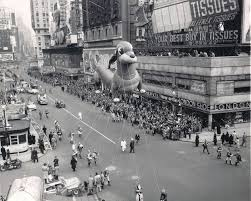
Through the 1930s, the parade continued to grow, with crowds of over one million people lining the parade route in 1933. The first Mickey Mouse balloon entered the parade in 1934. The annual festivities were broadcast on local radio stations in New York City from 1932 to 1941 and resumed in 1945, running through 1951.
The parade was suspended from 1942 to 1944 as a result of World War II because rubber and helium were needed for the war effort. The parade resumed in 1945 and became known nationwide shortly afterwards, having been prominently featured in the 1947 film Miracle on 34th Street, which included footage of the 1946 festivities. The event had its first broadcast on network television in 1948 (see § Television coverage). From 1984 to 2019, the balloons were made by Raven Industries of Sioux Falls, South Dakota, through its Raven Aerostar division.
The First Macy’s Day Parade was “a Marathon of Mirth,” over 6 miles long!
The first Macy’s Day Parade took place on November 27, 1924. The procession included what the New York Times called, “a retinue of clowns, freaks, animals and floats,” accompanied by Macy’s employees and professional entertainers. Floats of the day included “The Old Lady Who Lived in a Shoe” and “Little Red Riding Hood.” There were even live animals on loan from the Central Park Zoo, including bears, elephants, and donkeys.
Believe it or not, the original parade route dwarfs our current one. That merry march began in Harlem at 145th Street and Convent Avenue. From there, it flowed down Convent, Morningside, and Manhattan Avenues to 110th Street, where it turned west to Broadway. The route followed Broadway down to Columbus Circle, then 8th Avenue to 40th Street, and finally swung back to Broadway for the final stretch to 34th Street where Macy’s celebrated its newly-unveiled holiday windows. That year, the windows were entitled “The Fairy Frolics of Wondertown” and featured marionettes of Mother Goose characters.
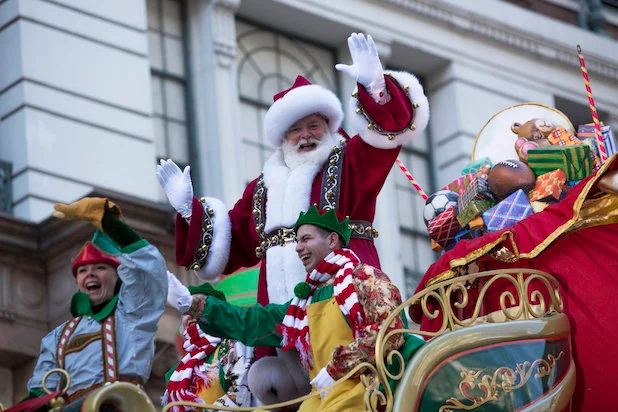
The original Macy’s Day Parade was a Christmas Parade!
Yes, the first Macy’s Thanksgiving Day Parade took place on Thanksgiving Day, but it was dubbed the “Big Christmas Parade,” tasked with “Welcoming Santa Claus to New York!” (And showing off Macy’s holiday merch.) That’s why Santa still rides in at the end of the Parade!
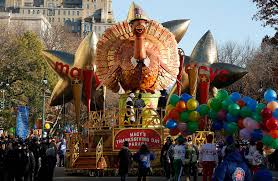
3. The Macy’s Day Parade takes 18 months to plan.
The parade might be all about the holiday season, but planning gets underway way before that. Each parade takes about a year and a half to get into peak celebrating form. It all starts with a nation-wide talent search. Which lucky marching bands will make the cut? Which local performance groups will make it to Macy’s? The parade directors look at hundreds of submission videos and then fly around the country to reveal the winners and celebrate with the selected groups. Once talent is chosen, it’s back to balloon land, since each balloon can take up to a year to create.
4. Balloon Designers are known as “Balloonatics”
It’s not just that balloon designers are lunatics for balloons (hence “balloonatics”)… the folks who design Macy’s balloons actually take their name from the parade’s very first balloon-covered float from 1926, named Ballonatics, which was decked out in traditional balloons like the ones you’d see at a birthday party. Those balloons inspired their much larger counterparts in today’s parade.
All of Macy’s Balloons are made at the Macy’s Parade Studio, a former Tootsie Roll Factory in Hoboken. The Process begins with computer graphics, moves on to clay models, then finally ends up at fabrication. When the balloons are finished, they regularly weigh 400 pounds. At the warehouse, the balloons are tested rigorously. They sit inflated for six hours, and they even undergo a skin-stress test. (The highly technical term for the skin-stress test is “thumping.”) These behemoth balloons are then deflated, packed up, and driven through the Lincoln Tunnel. They’ll get parade-ready in front of the American Museum of Natural History.
5. Balloon characters debuted in the 1927 Parade
The inagural ballon charactes in the Macy’s Thanksgiving Day Parade included “a human behemoth 21 feet tall” that “had to crawl under an elevated structure” at 66th and Broadway, a 25-foot Dachshund, flocks of “gigantic turkeys and chickens and ducks of heroic size,” which were interspersed with “occasional cannibals,” and of course, a 60-foot-long dinosaur pulled by cavemen.
But it’s not just cavemen who pull the balloons…
6. Today’s expert balloon handlers are known as Balloon Pilots
The Ballon Pilots are the most experienced of all the Macy’s balloon handlers. They spend the entire parade walking backward in front of their balloons, guiding the team of 60 people and two vehicles that anchors each balloon. The pilots receive three field-trainings per year and also sit for classroom training. To help each balloon navigate the route, every handler grabs a “bone,” or handling rope. All of the balloon handlers are volunteers. Many are Macy’s employees, but many are layman parade enthusiasts.
7. And those aren’t the only pilots who have come face to face with a Balloon.
In the 1920s, the age of aviation was just taking flight, so an array of Lucky Lindys were taking to the skies. One pilot, named Clarence E. Chamberlin, actually grabbed hold of a parade balloon mid-flight. Here’s how it went: Beginning in 1928, Macy’s began a fairly short-lived tradition of post-parade “Balloon Races.” Instead of deflating their balloons, Macy’s released them into the air, and offered a $100 reward to anyone who returned them once they had deflated and come back down to earth. (This precipitated a major tug-of-war on long island, where would-be winners struggled for a balloon.)
Cut to 1931, when the Balloon Race was in its fourth year. Pilot Clarence E. Chamberlin had picked up a planeload of sightseers at Floyd Bennett Field and was flying over Brooklyn when he saw the giant balloon of Felix the Cat gliding over Jamaica Bay. When one of Chamberlin’s passengers suggested he reach out and grab the balloon, Chamberlin brought his plane parallel to Felix and nabbed it with the plane’s wing. The aviator brought the balloon home and finally returned it to Macy’s.
The following year, when 22-year-old flight student Annette Gibson purposely flew into one of the balloons, (she was saved just feet from crashing into the rooftops of Queens by her quick-thinking instructor) Macy’s officially ended its Balloon Races. Today, the big balloons are deflated after they make their triumphant march down Broadway and taken back to Hoboken to be stored.
8. And the Balloons aren’t just in the air…
During the Parade, balloons are not limited to the giant characters you see floating above you. In fact, balloons are part of nearly every aspect of the parade. Indeed, the helium-powered pageantry is so creative, Macy’s has had to come up with new words to describe its balloon creations. There are “falloons” (balloon floats), “balloonicles” (balloon vehicles) and “trycalloons” (balloon tricycles.)
9. Macy’s is the Second Largest Consumer of Helium in the United States
With balloons popping up just about everywhere in the Macy’s Thanksgiving Day Parade, the event requires literal tons of helium. In fact, national helium shortages have actually impacted the parade. For example, in 1958 a helium shortage nearly made the Parade route a no-fly zone. But cranes, hangers, cables, and even vacuum cleaners – pumping in reverse – got the balloons off the ground. Barring the reverse-vacuum method, the parade requires so much helium that Macy’s is actually the second largest consumer of helium in the United States. The only organization that uses more helium? The United States Government.
10. Since 1924, the Macy’s Day Parade has only been canceled for one reason.
Speaking of the United States Government, the only time the Macy’s Thanksgiving Day Parade has been cancel was during WWII. From 1942-1944, Macy’s canceled the parade because rubber and helium were needed for the war effort. In fact, the store deflated its balloons (which were then made out of rubber) and donated them to the U.S. government.
To Learn More about the Macy’s Day Parade, Follow this Link…
Macy’s Thanksgiving Day Parade 2023 – Lineup Info & More (macys.com)
